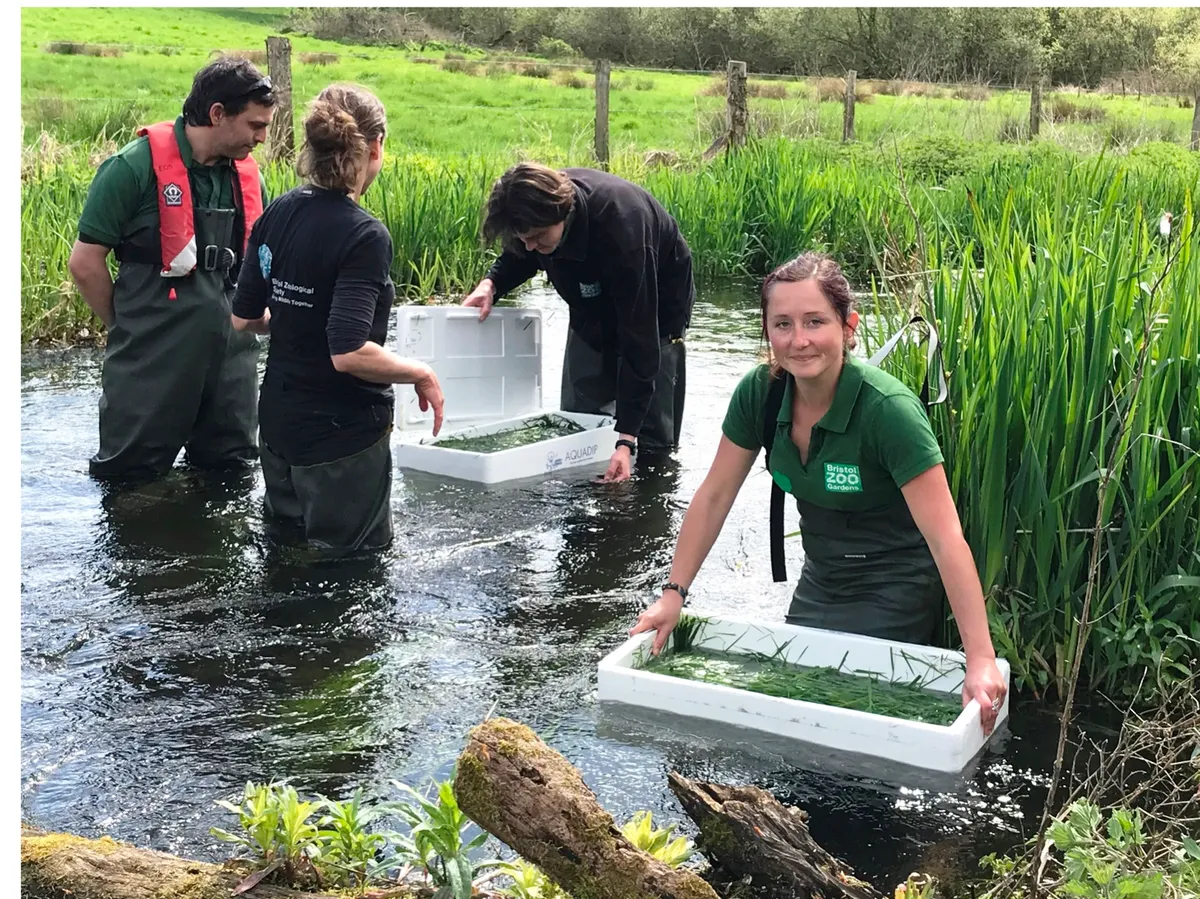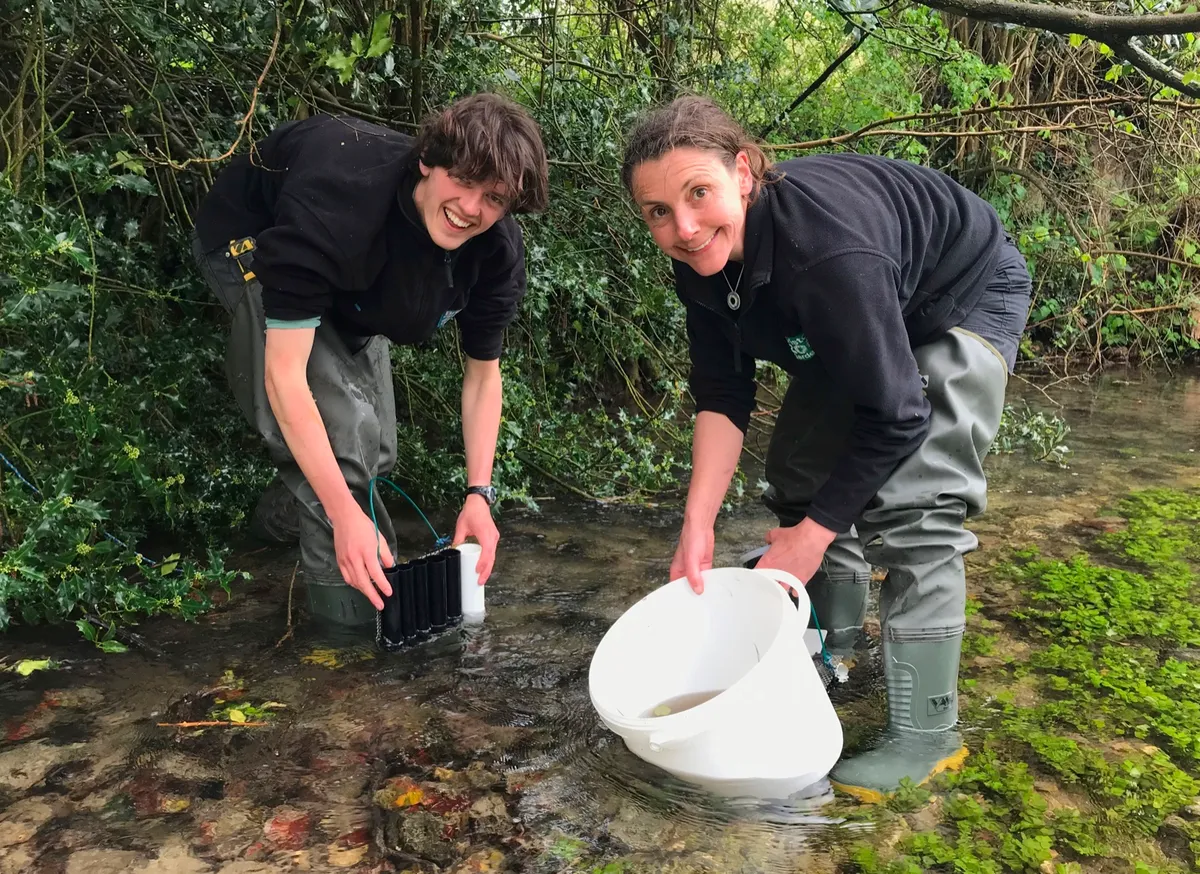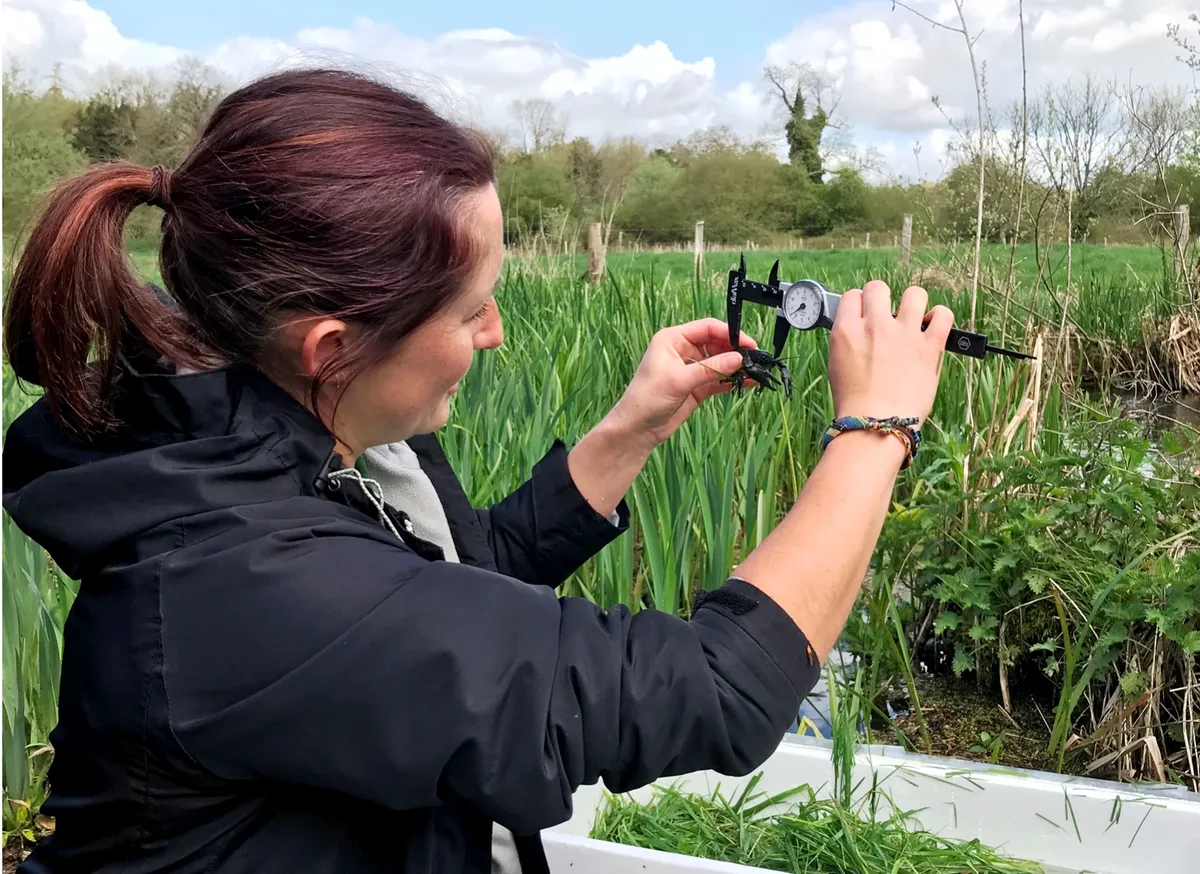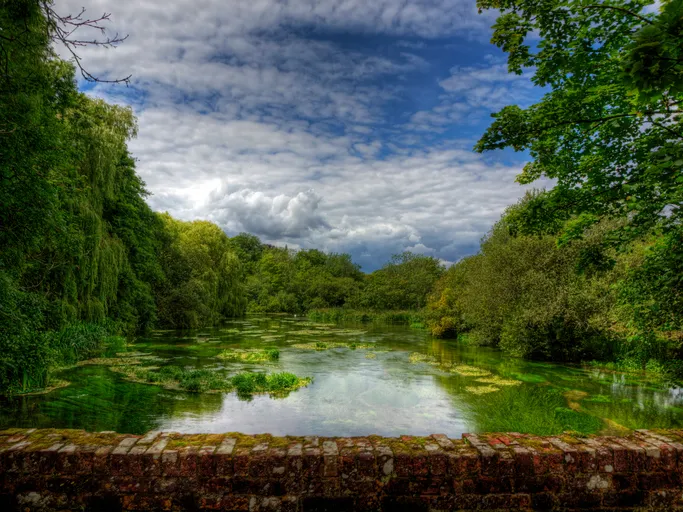A team of conservationists from Bristol Zoological Society have teamed up with Hampshire and Isle of Wight Wildlife Trust in a bid to fight the plight of the UK’s endangered native white-clawed crayfish.
In all, 117 crayfish were released into Hampshire’s River Itchen after being reared from eggs for three to five years by native wildlife experts at Bristol Zoo.

“We have worked so hard at the Zoo to successfully breed this endangered species, and we are thrilled to see them return to their natural habitat,” said Bristol Zoo’s UK conservation manager Jen Nightingale.
The captive-bred crayfish were released into the River Itchen upstream from a resident population in a bid to supplement dwindling numbers. There has been a 70% decline in native crayfish in south-west England, and experts predict the species will become extinct in the next 20 years without intervention.

White-clawed crayfish are the only species of crayfish native to the UK and are protected by law. The species is under threat from crayfish plague, a disease carried by the invasive North American signal crayfish and easily spread by people.
“The plight of juvenile crayfish in the wild is fraught with danger and only around five per cent survive. So, as well as supplementing wild populations, we bring berried females into the safety of the Zoo to rear their young. At the Zoo we can offer safe, stable conditions and we have a 90 per cent success rate with hatching and rearing crayfish from eggs,” added Jen.

“Knowing that we can keep them and their hatchlings safe and raise them to adulthood is a fantastic feeling. Captive populations are paramount in the effort to halt the threat of extinction of this species.”
More than 5,000 white-clawed crayfish have been reared and hatched over the past 10 years by the Bristol Zoological Society’s crayfish breeding.

Dr Ben Rushbrook Leads white-clawed crayfish conservation work at Hampshire and Isle of Wight Wildlife Trust. “Since working with Jen and her team at Bristol Zoological Society, we have been able to take significant steps in the conservation of this species in Hampshire that simply weren’t possible before this collaborative work,” he explained.
“These steps are likely to be critical in ensuring the long-term survival of this species in Hampshire.”
To help stop the spread of invasive plants and animals between waterbodies, conservationists are asking the public to ensure they check and clean clothing, shoes and fishing gear after use.
